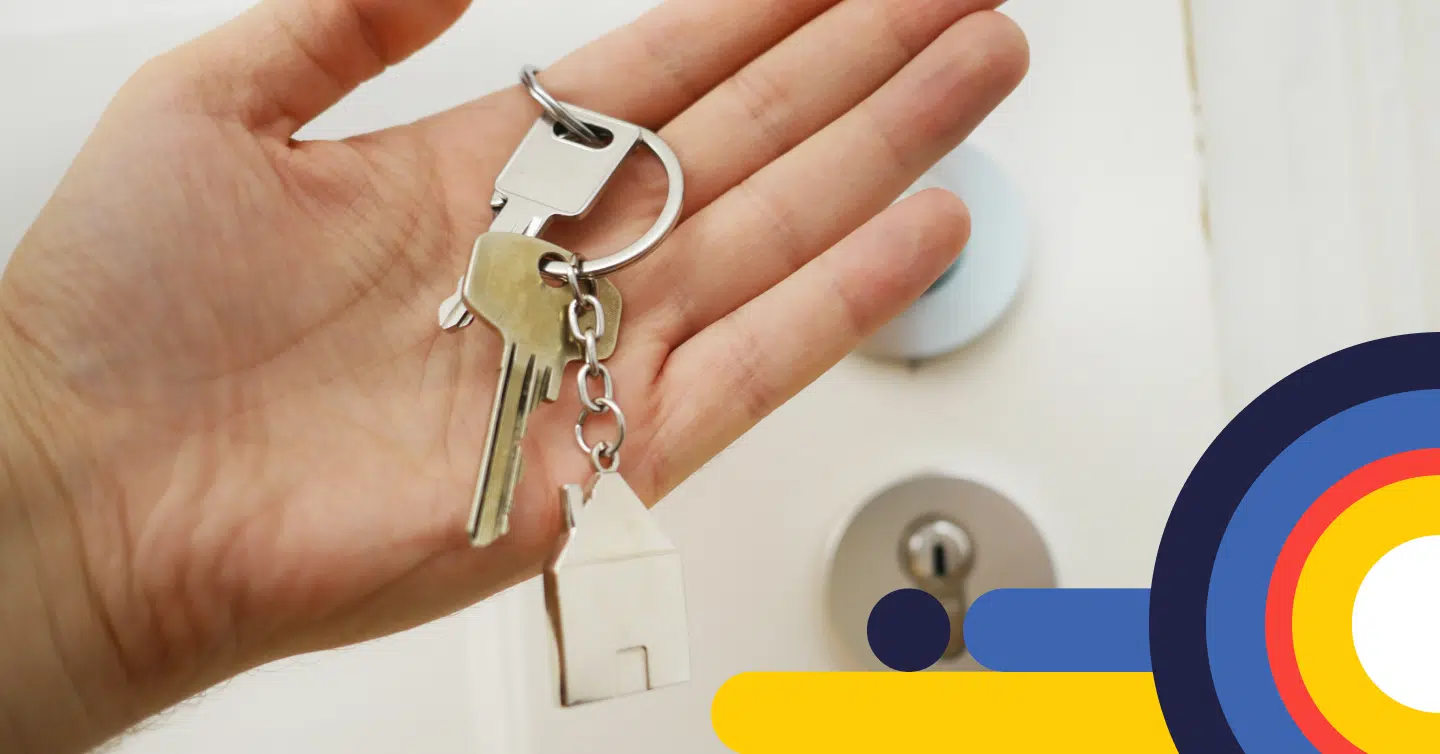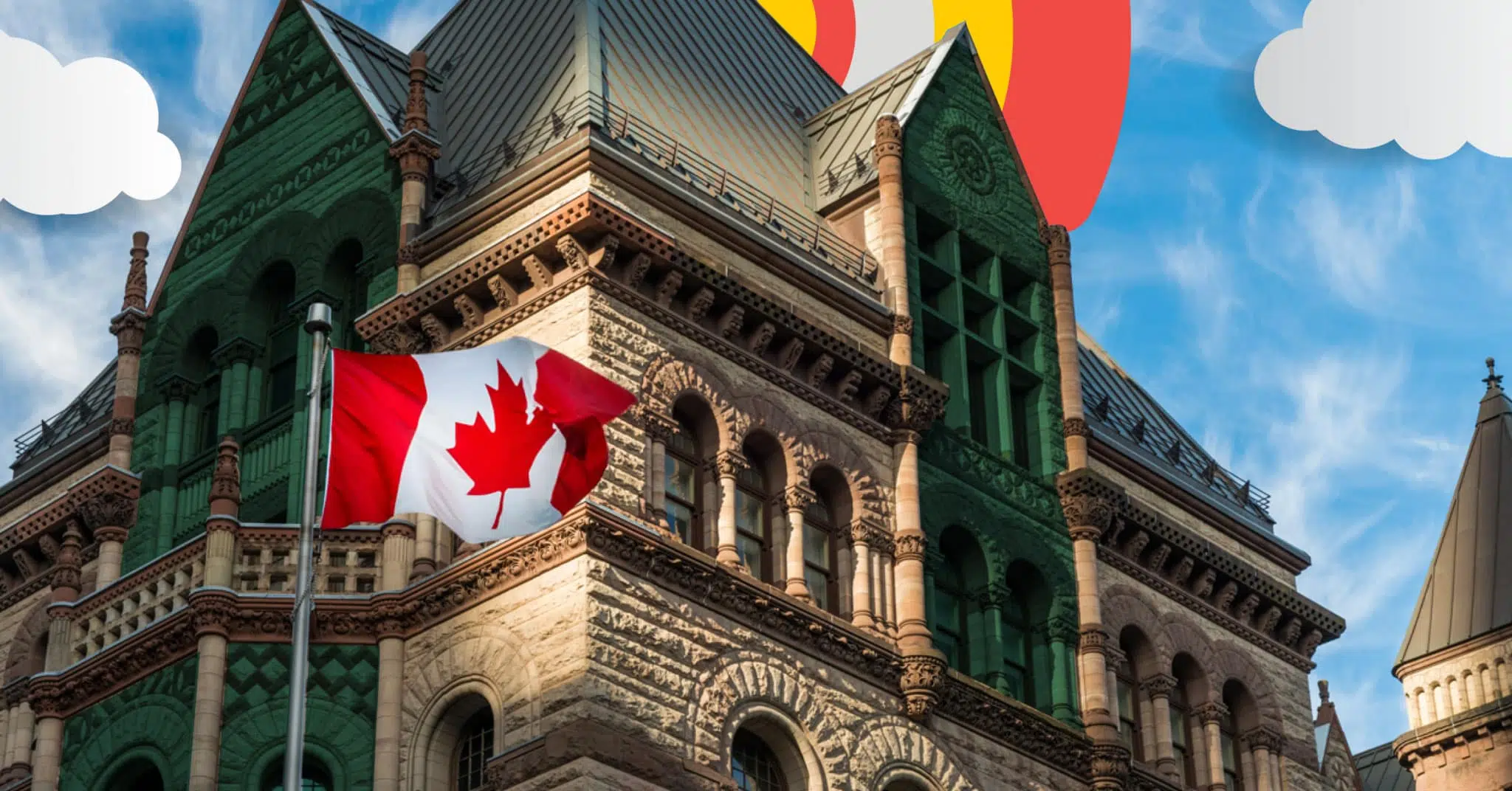Mortgage Basics #Featured articles
Mortgage Basics #Featured articles
Home Equity Loan (HELOC) vs. Mortgage: What's the Difference?

Table of contents
Figuring out the best way to finance your home in Canada can feel overwhelming, especially when deciding between a home equity line of credit (HELOC) and a mortgage. Knowing the key differences between these two options can help you make a choice that fits your financial goals and gives you peace of mind.
Key Takeaways
- Mortgages are primarily used for purchasing or refinancing a home, while HELOCs allow homeowners to borrow against their home’s equity for various expenses.
- Mortgages feature fixed, variable, or adjustable interest rates with structured repayment schedules, whereas HELOCs typically have adjustable rates and offer flexible repayment options.
- Mortgages allow you to finance up to 80% of your home’s value, while HELOCs are limited to 65%.
Understanding Mortgages
A mortgage is a term loan designed to finance or refinance a property over the long term with structured repayments. It is secured by the property as collateral, allowing the lender to foreclose if the borrower defaults. Mortgages typically come with fixed, variable or adjustable interest rates and have set repayment terms, often spanning 25 or 30 years.
Key Features of Mortgages:
- Fixed, Variable or Adjustable Interest Rates: Borrowers can choose between a fixed rate, which offers predictable payments, and a variable or adjustable rate, which may fluctuate with benchmark policy rates due to market conditions.
- Structured Repayment Schedule: Regular, consistent principal and interest payments are made over the loan term, gradually reducing the principal balance.
- Purpose: Primarily used for purchasing a home or refinancing a home or existing mortgage.
Understanding Home Equity Lines of Credit (HELOCs)
A HELOC is a revolving line of credit secured against the equity in your home. Equity is the difference between your home’s market value and the outstanding balance on your mortgage. HELOCs provide homeowners with flexible access to funds, which can be used for various purposes such as home renovations, debt consolidation, or unexpected expenses.
Key Features of HELOCs:
- Adjustable Interest Rates: HELOCs typically have adjustable rates that fluctuate with the prime lending rate.
- Flexible Borrowing and Repayment: Borrowers can access funds up to a predetermined credit limit and are only required to pay interest on the amount borrowed.
- Purpose: Suitable for expenses like home improvements, education costs, or consolidating higher-interest debts.
Comparing Mortgages and HELOCs
| Mortgage | HELOC | |
|---|---|---|
| Purpose | Purchasing or refinancing a home (or remortgaging) | Accessing home equity for various expenses |
| Interest Rates | Fixed, variable or adjustable | Typically adjustable |
| Repayment Terms | Structured, regular payments over a set term | Flexible, with interest-only payments on the outstanding balance due at the end of each month |
| Borrowing Limits | Up to 80% of the home’s value (refinances) Up to 95% of the home’s value (purchases) |
Up to 65% of the home’s value, considering any outstanding mortgage balance |
| Access to Funds | A lump sum is provided at the beginning | Revolving credit line; borrow as needed |
| Pricing | Predictable payments with fixed rates. Longer repayment terms can result in lower monthly payments. | Adjustable interest rate – typically prime plus a premium. (Prime +0.5% or Prime + 1%) |
| Pros | Flexible access to funds as needed. Interest-only payments can ease cash flow. | Flexible access to funds as needed. Interest-only payments can ease cash flow. |
| Cons | Less flexibility in accessing additional funds. Potential penalties for early repayment. |
Adjustable interest rates can lead to fluctuating payments. Risk of increasing debt if not managed responsibly. |
nesto HELOC Rate starts at Prime + 0.50%.
5.45%
On July 10, 2025, nesto’s Prime rate is 4.95%.
Benefits and Drawbacks of Mortgages vs. HELOCs
Mortgages offer a stable and predictable payment structure, especially with fixed interest rates, making them ideal for long-term financial planning. Their longer amortization terms often result in lower monthly payments, providing affordability for homeowners. However, mortgages have drawbacks, including limited flexibility in accessing additional funds once the loan is secured. Additionally, early repayment of the loan may result in penalties, which can disadvantage borrowers looking to pay off their debt ahead of schedule.
Home Equity Lines of Credit (HELOCs) provide flexibility by allowing borrowers to access funds as needed, making them suitable for ongoing or unexpected expenses. Interest-only payments on HELOCs can help ease cash flow, offering a financial cushion when needed. However, HELOCs come with adjustable interest rates, leading to fluctuating monthly payments depending on market conditions and your lender’s prime rate changes. Furthermore, without responsible management, the ease of borrowing can increase debt, posing potential financial risks to homeowners.
Choosing the Right Option for You
When deciding between a mortgage and a HELOC, consider the following factors:
- Financial Goals: Are you purchasing a home, refinancing, or looking to access equity for other expenses?
- Interest Rate Environment: Consider current and projected interest rates, especially if choosing a variable or adjustable rate.
- Repayment Ability: Assess your ability to manage structured payments versus the flexibility of a HELOC.
- Discipline in Borrowing: HELOCs require financial discipline to avoid over-borrowing.
Find a better rate, and we’ll match it, beat it, or give you $500*.
*Conditions Apply
With nesto, it’s stress-free
Frequently Asked Questions (FAQ) on Comparing Mortgages and HELOCs
Can I use a HELOC to purchase a home?
Yes, it’s possible to use a HELOC to finance part of a home purchase. In Canada, you can finance up to 65% of a home’s purchase price with a HELOC. To finance more, you must use a mortgage for the remaining amount (15%), ensuring the total financing does not exceed 80% of the home’s value.
Are HELOC interest rates higher than mortgage rates?
HELOCs typically have adjustable interest rates that fluctuate with the lender’s prime rate, which may result in higher rates than variable or adjustable mortgages (prime – 1%) as the lender will charge you a premium (prime + 1%) on top of their prime rate.
What are the risks of using a HELOC?
While HELOCs offer flexible access to funds, they can lead to significant debt if not managed responsibly. Adjustable interest rates mean your payments can increase with each increase in the Bank of Canada’s policy rate.
Final Thoughts
Understanding the differences between mortgages and HELOCs is critical to making smart financial decisions. Mortgages are best suited for home purchases or refinancing, offering stability with scheduled repayment terms. HELOCs provide flexibility for accessing funds as needed, making them ideal for expenses like renovations or debt consolidation.
If you’re still uncertain which option is best for your needs, contact nesto’s mortgage experts for personalized guidance. We can help you navigate the complexities of mortgages and HELOCs, ensuring you choose the option that aligns with your unique needs and financial circumstances. Take the next step toward financial clarity—contact nesto today. Let’s find the best solution for your home financing needs.
Ready to get started?
In just a few clicks, you can see our current rates. Then apply for your mortgage online in minutes!















